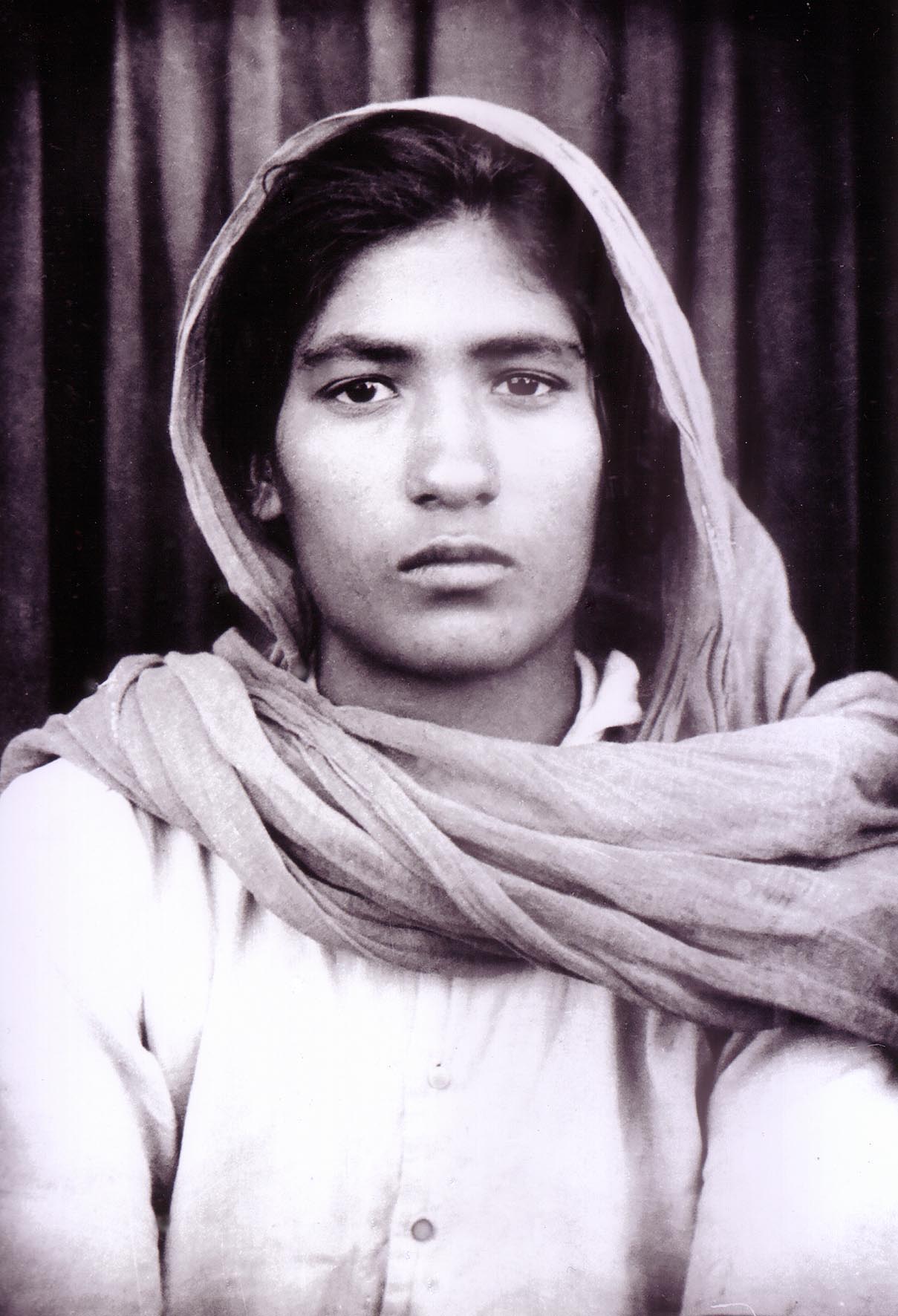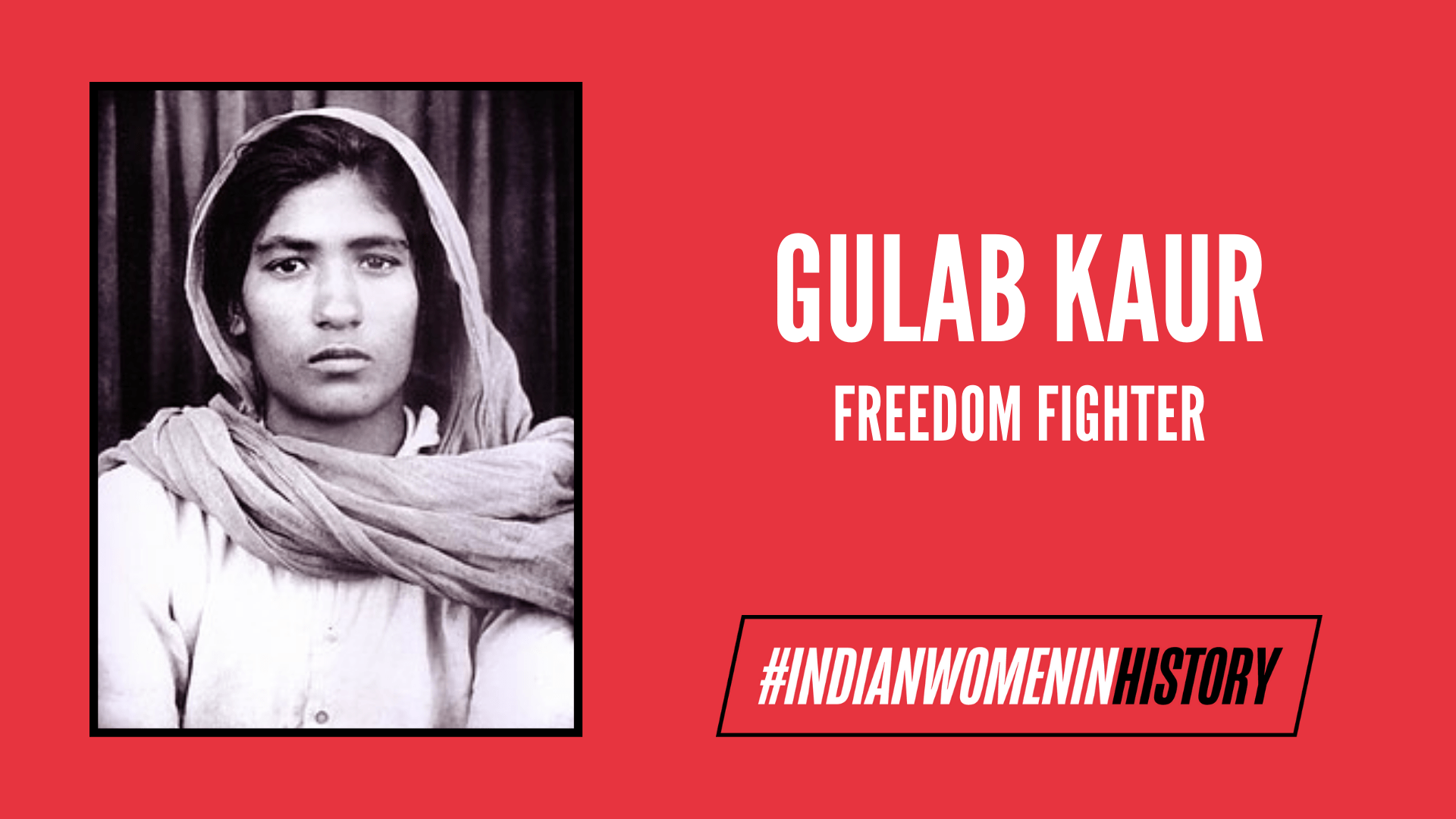Gulab Kaur was an Indian freedom fighter who primarily worked for the Indian freedom struggle remotely from Manila, Philippines and then went on to continue her work from India.
Although history fails to highlight the role of women in the freedom struggle, they have been pivotal in the movement, with many of them sacrificing their life for the country. One such woman is Gulab Kaur, a Sikh Indian woman. She was successful in mobilising Indian immigrants in the conquest for freeing India from British Rule.

Bibi Gulab Kaur was born in 1890 in a poor peasant family at Bakshiwala village in Sangrur, Punjab. At a very early age, she was married off to Mann Singh and they both sought a better future from their poor families as several farmers like them had lost their livelihood and farms due to British policies back then. They wished to eventually migrate to America for an improved life but went on to Manila first.
Along with fifty other Ghadarites, she went to India by sailing through the SS Korea and Tosha Maru ships. She was active in the villages of Kapurthala, Hoshiarpur and Jalandhar. For her seditious acts under British rule, Gulab Kaur was arrested in Lahore at a fort called the Shahi Qila. Despite this, she continued her work and did not succumb to the Britisher’s tyranny. This led to her facing the wrath of the guards there and being perpetually tortured for around two years. Eventually, she died in 1941 as a result of an illness
In Manila, Gulab Kaur attended lectures of an organisation by Sikh Punjabis called the Ghadar Party founded with the aim to liberate the subcontinent from British rule. Leaders of the party, Baba Hafiz Abdullah (Fajja), Baba Banta Singh and Baba Harnam Singh (Tundilat) inspired her to a great extent. The party formed the #GhadharMovement (1913-14) for the freedom of Indian immigrants in countries like America, Canada, Philippines, Hong Kong and Singapore.
It essentially worked towards liberating India from the tyranny of British rule. With a press pass in hand and disguised as a journalist, Gulab Kaur distributed arms to the Ghadar Party members. Kaur, thus, was greatly stimulated by the work of the party and asked the people around her to join it.
Also read: 5 Sikh Women In History You Should Know About
Gulab Kaur would follow the other party members across the Philippines and give motivational speeches, circulating literature asserting independence to travelling Indian passengers. This led to an increase in the Manila unit of the Ghadar party. She also distributed arms and ammunition among the passengers.
On noticing members who would lose hope and would decide to back out from the struggle, she would dramatically take off the bangles from her left hand and say, “If anyone retreats from this rare opportunity to fight for the cause of motherland, he should wear these bangles and sit aside…we women will fight in their place.”
Regrettably, contributions of freedom fighters, especially women like Gulab Kaur have been greatly ignored by not mentioning them in our history, due to which they are unknown to several people. Kaur is one such woman who dedicated her entire life to India’s freedom struggle despite all hardships, leaving a permanent mark as a brave martyr in our history
Later in her life, Gulab Kaur returned to India under the discretion of the Ghadar party and decided to be a part of the resistance from Punjab itself. This didn’t happen without any repercussions, as she had to leave her husband who decided to leave for America. She sacrificed the possible comfortable life in America with her husband to fight for India.
Along with fifty other Ghadarites, she went to India by sailing through the SS Korea and Tosha Maru ships. She was active in the villages of Kapurthala, Hoshiarpur and Jalandhar. For her seditious acts under British rule, Gulab Kaur was arrested in Lahore at a fort called the Shahi Qila. Despite this, she continued her work and did not succumb to the Britisher’s tyranny. This led to her facing the wrath of the guards there and being perpetually tortured for around two years. Eventually, she died in 1941 as a result of an illness.

Gulab Kaur’s life hasn’t been documented to a great extent. Some of the works that cover her life include Gadar Di Dhee Gulaab Kaur (Daughter of Gadar; Gulaab Kaur) in Punjabi written by S.Kesar Singh, and a play called Ghookda Charkha (Spinning Wheel is Going On) written by popular playwright Ajmer Singh Aulakh.
Regrettably, contributions of freedom fighters, especially women like Gulab Kaur have been greatly ignored by not mentioning them in our history, due to which they are unknown to several people. Kaur is one such woman who dedicated her entire life to India’s freedom struggle despite all hardships, leaving a permanent mark as a brave martyr in our history.
About the author(s)
Meghna(she/her) is a humanities student from St. Xavier's College, Mumbai who is fond of everything sociology and psychology. She loves animals, reading and art




